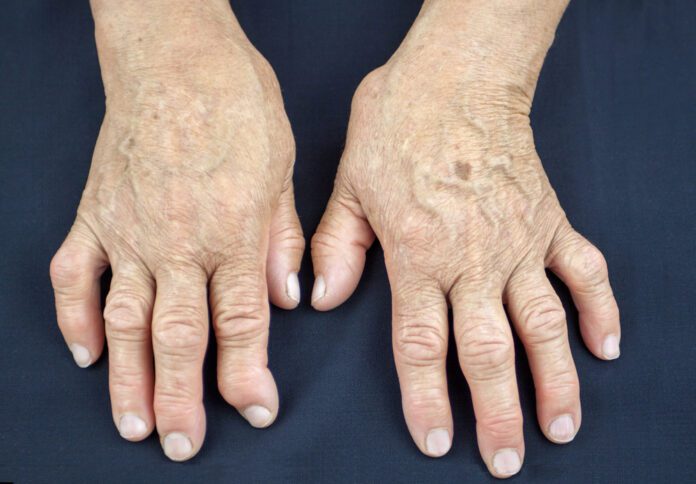Overview Of Septic Arthritis
Septic arthritis is the inflammation of a joint due to a bacterial or fungal infection. Septic arthritis that is due to the bacteria that cause gonorrhea has different symptoms and is called gonococcal arthritis.
Commonly Associated With
Bacterial arthritis; Non-gonococcal bacterial arthritis; Suppurative Arthritis
Causes
Septic arthritis develops when bacteria or other tiny disease-causing organisms (microorganisms) spread through the blood to a joint. It may also occur when the joint is directly infected with a microorganism from an injury or during surgery. Joints that are commonly affected are the knee and hip.
Most cases of acute septic arthritis are caused by staphylococcus or streptococcus bacteria.
Chronic septic arthritis (which is less common) is caused by organisms including Mycobacterium tuberculosis and Candida albicans.
The following conditions increase your risk for septic arthritis:
- Artificial joint implants
- Bacterial infection somewhere else in your body
- Presence of bacteria in your blood
- Chronic illness or disease (such as diabetes, rheumatoid arthritis, and sickle cell disease)
- Intravenous (IV) or injection drug use
- Medicines that suppress your immune system
- Recent joint injury
- Recent joint arthroscopy or other surgery
- Septic arthritis may be seen at any age. In children, it occurs most often in those younger than 3 years. The hip is often the site of infection in infants. Most cases are caused by the bacteria group B streptococcus. Another common cause is Haemophilus influenza, especially if the child has not been vaccinated for this bacterium.
Symptoms
Symptoms usually come on quickly. There is a fever and joint swelling that is usually in just one joint. There is also intense joint pain, which gets worse with movement.
Symptoms in newborns or infants:
- Crying when the infected joint is moved (for example, during diaper changes)
- Fever
- Not able to move the limb with the infected joint (pseudoparalysis)
- Fussiness
Symptoms in children and adults:
- Not able to move the limb with the infected joint (pseudoparalysis)
- Severe joint pain
- Joint swelling
- Joint redness
- Fever
- Chills may occur but are uncommon.
Exams & Tests
The health care provider will examine the joint and ask about the symptoms.
Tests that may be done include:
- Aspiration of joint fluid for cell count, examination of crystals under the microscope, gram stain, and culture
- Blood culture
- X-ray of affected joint
Treatment Of Septic Arthritis
Antibiotics are used to treat the infection.
Resting, raising the joint above heart level, and using cool compresses may help relieve pain. After the joint starts to heal, exercising it can help speed recovery.
If joint (synovial) fluid builds up quickly due to the infection, a needle may be inserted into the joint to withdraw (aspirate) the fluid. Severe cases may need surgery to drain the infected joint fluid and irrigate (wash) the joint.



